Ragnar Frisch got pointers from François Divisia and Joseph Schumpeter on how to connect with American economists Irving Fisher and Charles Roos (see here) which led him to write a letter in June 1930 to leading mathemathical economists (see here).
FOUNDING AND ORGANIZATION
Frisch received good feedback and thought the time was ripe for setting up the society. With that aim, he urged 83 economists (see the society’s website) to join him in December 1930 at Cleveland, where was held conferences organized by the American Mathematical Society (AMS) and the American Statistical Association (ASA). Only a few (mostly American) eventually followed the call: Roos, Schumpeter, Harold Hotelling, William F. Ogburn, J. Harvey Rogers, Henry Schultz, Walter A. Shewhart, Ingvar Wedervang, and Edwin B. Wilson. Six mathematicians boosted the ranks: Karl Menger, Oystein Ore and Norbert Wiener from the AMS, and Frederick C Mills, Malcolm Rorty and Carl Snyder from the ASA (Bjerkholt, 2017: 186).
The Econometric Society (ES) was finally founded by 16 members (two thirds of economists, one third of statisticians and mathematicians) in absence of most active European economists who could not do the Atlantic crossing (Louca, 2007: 31).
Between June and December 1930, Frisch slightly adjusted the membership conditions, puting more emphasis on statistical knowledge: each member being now supposed to “have some experience in handling statistical data” even if he made clear that exceptions could be made for some “talented” mathematicians (Bjerkholt, 2017: 184).
Fisher (with some reluctance) was elected Chairman in view of his past experience (Bjerkholt, 2014: 195) while 10 members were chosen to be part of the board, 3 were American and 7 were European in line with the distribution of mathemathical economists between Europe and the US.
| Name | Picture | University | Nationality |
|---|---|---|---|
| Ragnar Frisch (1895-1973) | 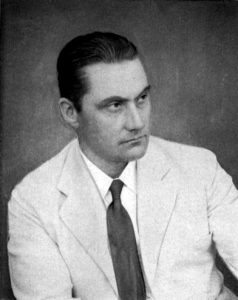 |
University of Oslo | Norway |
| Charles F. Roos (1901-1958) | 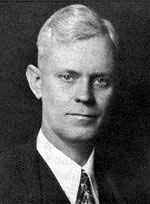 |
Cornell University | USA |
| Joseph Schumpeter (1883-1950) | 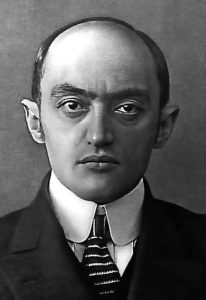 |
Harvard University | Austria/USA |
| Luigi Amoroso (1886-1965) |  |
University of Rome | Italy |
| François Divisia (1889-1964) | 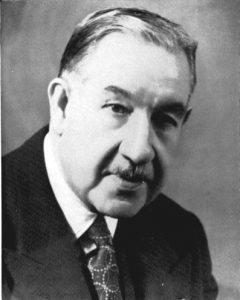 |
École Nationale des Ponts et Chaussées, Paris | France |
| L. v. Bortkiewicz (1868-1931) | 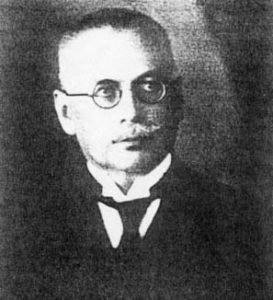 |
University of Berlin | Germany |
| Władysław Zawadzki (1885-1939) | 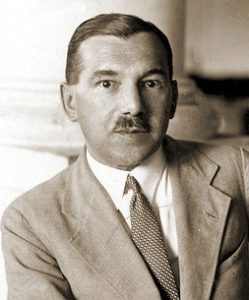 |
University of Wilno | Poland |
| A. L. Bowley (1869-1957) | 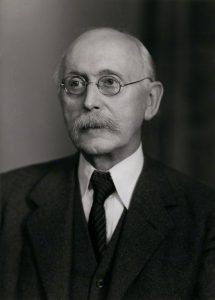 |
London School of Economics | England |
| Edwin B Wilson (1879-1964) | 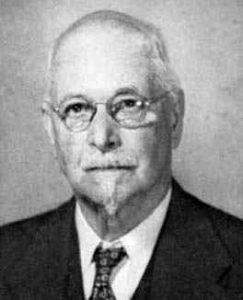 |
University of Yale | USA |
| Irving Fisher | 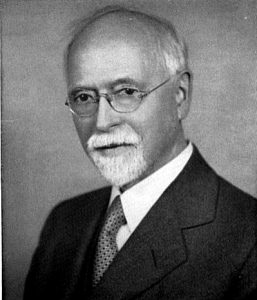 |
University of Yale | USA |
THE FIRST CHALLENGE
The challenge of the nasent society was immense.The real issue was nothing less than creating a new scientific discipline ! This meant to be clear about what was the scope of this new field named “Econometrics” (Louca, 2007: 16). Ross and Fisher pleaded for an open dialogue with other disciplines while Frisch and Schumpeter bet that progress could only be done within a limited circle (Bjerkholt, 1998: 39-40). This opposition was resolved by distinguishing ordinary members from fellows. (Louca, 2007: 31).
In 1931, American businessman Alfred Cowles offered to finance the new society, but this idea was strongly opposed by the European members, who feared it could threaten its independence. A compromise was eventually reached, leading to the establishment of the separate Cowles Commission for Economic Research in 1932 (Louca, 2007: 37). Econometrica was launched the year after in January 1933 with Frisch as Editor-in-Chief. In the first issue, Schumpeter argued that the society has grown “naturally out of the present situation of our science:” “When the necessity of proceeding to the use of more refined mathematical methods, both in economic theory and in statistics, became apparent to some, the majority even of those economists who did work the quantitative sector refused to follow. At first, they laughed. They do so no longer. Integrals cease by and by to be as hieroglyphs to them. Many of them try to understand and have made their peace with us, while reserving their right to criticize our results and to object to mathematical excess” (Schumpeter, 1933: 10).
The Econometric Society expanded rapidly with the number of members rising from 16 in 1930 to 163 in 1931 to 671 in 1939 and to 1,554 in 1951 (Divisia, 1952: 4).
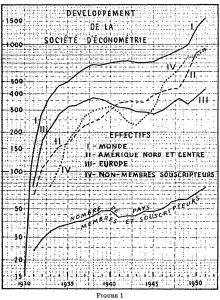
Two annual meetings were organized in the early years: one in Europe and one in the US. The first European meeting was held in 1931 in honor of Léon Walras with Philippe Le Corbeiller (specialist of relaxation oscillations) as keynote speaker (see this post). The first American meeting was held in Washington the same year. Later on, key conferences took place in Leiden (Netherlands) with discussions of early macrodynamic models in presence of Jan Tinbergen, Frisch, Jacob Marschak, Michal Kalecki, John Hicks, Wisniewski and others (see this post), in Namur in 1935 with discussions between Tinbergen, J-G Koopmans and Frisch about capitalism, risks of economic collapse and market disequilibria (Louca, 2007 : 268) and finally in Oxford in 1936, where the first versions of the IS-LM model were introduced by Roy Harrod, Hicks and James Meade (see chapter 8).
Just like avant-garde artistic movements that began on a modest scale, the Econometric Society rapidly grew into something significant. In just a few years, the Econometric Society became pivotal. As a forum, it prepared a fertile ground for a new way to account for the movements of the economy as a whole with what Frisch, Tinbergen, Kalecki and others refered as “macrodynamics.” So how it all began? For sure it began before the publication of Keynes’s General Theory in 1936 which proved to have had much less impact on later developement of macroeconometrics as one might think.
Frisch held sway over the ES for more than two decades. In the post-war period, he “abandoned the econometric movement” and followed it at a distance “with growing skepticism and even hostility” (Louca, 2007: 18). Frisch pursued his career in Oslo, producing numerous works that had little impact (Louca, 2007: 22). He did, however, earned the respect of his peers, receiving, along with Jan Tinbergen, the first Nobel Prize in Economics in 1969.
REFERENCES:
Bjerkholt, Olav. Econometric sociey 1930: How it got founded. No. 26/2014. Memorandum, 2014.
Bjerkholt, Olav. “On the founding of the Econometric Society.” _Journal of the History of Economic Thought_ 39.2 (2017): 175-198.
Divisia, François. “La Société d’Econométrie a atteint sa majorité.” Econometrica: Journal of the Econometric Society (1953): 1-30.
Louçã, Francisco. _The years of high econometrics: A short history of the generation that reinvented economics_. Routledge, 1998.
Schumpeter, Joseph. “The common sense of econometrics.” Econometrica: Journal of the Econometric Society (1933): 5-12.